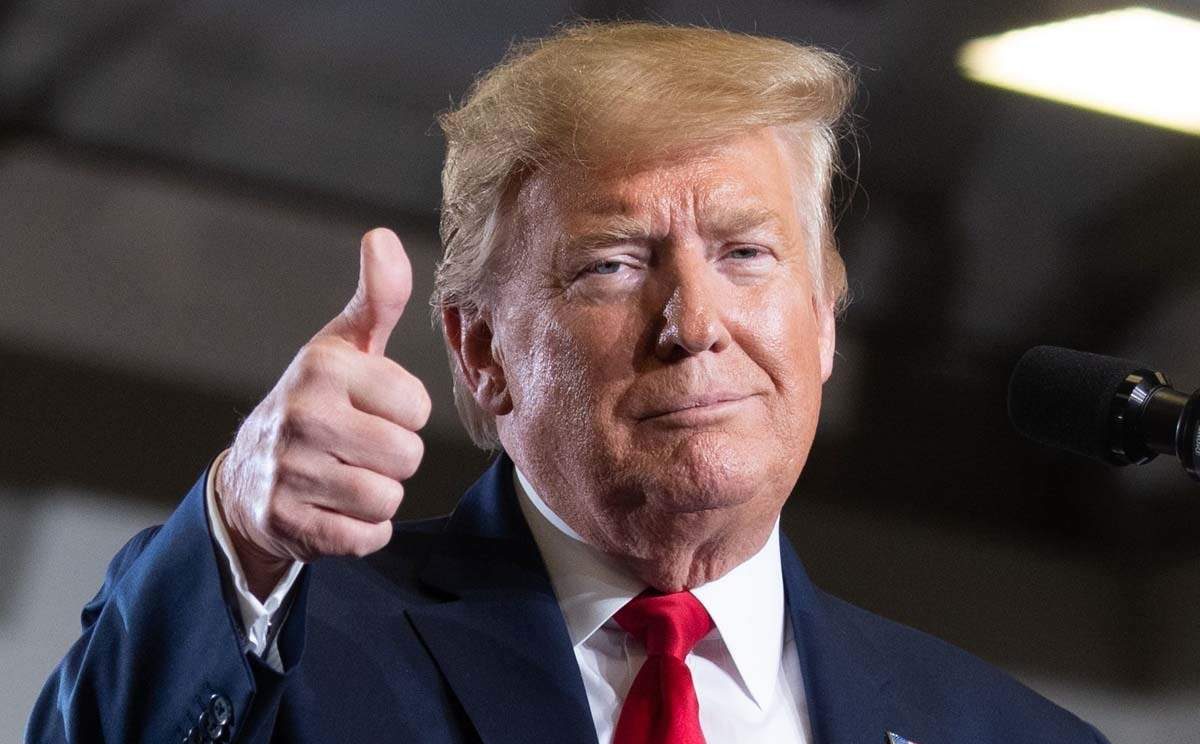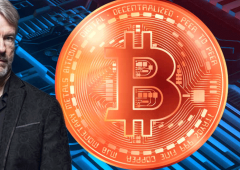Experts Question Trump’s Tariff Move: Temporary Relief or Deeper Uncertainty?
11.04.2025 18:00 1 min. read Alexander Stefanov
Global markets were shaken after President Trump unexpectedly announced a temporary freeze on U.S. trade tariffs, slashing rates to 10% for the next 90 days.
The move, posted directly on X, is part of what the administration describes as a recalibration of trade strategy, though the specifics remain murky.
Negotiations with international partners—including Canada and Mexico—will continue behind closed doors during the freeze. The abrupt shift left analysts questioning the stability of U.S. trade policy, with some calling it a short-term political maneuver rather than a lasting economic solution.
Market watchers were quick to note cautious investor behavior, pointing to thin trading volumes and mixed reactions. Some, like Chris Stadele, warned that the pause changes little for companies facing long-term uncertainty. Others, such as Amarjit Sahota, described the announcement as reactive and lacking strategic clarity.
Despite the tariff rollback, the underlying tension hasn’t eased. Economist Nouriel Roubini dismissed the idea that the Federal Reserve would intervene in response, suggesting the central bank is unlikely to accommodate erratic trade moves with rate cuts. As he put it, monetary policy won’t be used to cushion political gambles.
The clock now ticks toward a three-month deadline, with businesses and markets left to navigate the unknown.
-
1
Fed’s New Projections Hint at a Slower Easing Cycle Through 2026
19.06.2025 15:00 2 min. read -
2
Trump Targets Fed Over Missed Rate Cut Opportunity
20.06.2025 9:00 1 min. read -
3
UK Inflation Stalls at 3.4%, Spotlight Shifts to BoE’s August Meeting
19.06.2025 9:00 2 min. read -
4
Fed Holds Fire on Rates, Signals Cuts Could Arrive if Jobs Falter
18.06.2025 21:30 1 min. read -
5
U.S. National Debt Surge Could Trigger a Major Crisis, Says Ray Dalio
26.06.2025 10:00 1 min. read
Key U.S. Economic Events to Watch Next Week
After a week of record-setting gains in U.S. markets, investors are shifting focus to a quieter yet crucial stretch of macroeconomic developments.
Robert Kiyosaki Predicts When The Price of Silver Will Explode
Robert Kiyosaki, author of Rich Dad Poor Dad, has issued a bold prediction on silver, calling it the “best asymmetric buy” currently available.
U.S. PCE Inflation Rises for First Time Since February, Fed Rate Cut Likely Delayed
Fresh data on Personal Consumption Expenditures (PCE) — the Federal Reserve’s preferred inflation gauge — shows inflation ticked higher in May, potentially delaying the long-awaited Fed rate cut into September or later.
Trump Targets Powell as Fed Holds Rates: Who Could Replace Him?
Federal Reserve Chair Jerome Powell is once again under fire, this time facing renewed criticism from Donald Trump over the Fed’s decision to hold interest rates steady in June.
-
1
Fed’s New Projections Hint at a Slower Easing Cycle Through 2026
19.06.2025 15:00 2 min. read -
2
Trump Targets Fed Over Missed Rate Cut Opportunity
20.06.2025 9:00 1 min. read -
3
UK Inflation Stalls at 3.4%, Spotlight Shifts to BoE’s August Meeting
19.06.2025 9:00 2 min. read -
4
Fed Holds Fire on Rates, Signals Cuts Could Arrive if Jobs Falter
18.06.2025 21:30 1 min. read -
5
U.S. National Debt Surge Could Trigger a Major Crisis, Says Ray Dalio
26.06.2025 10:00 1 min. read


